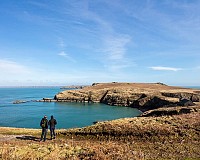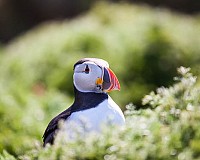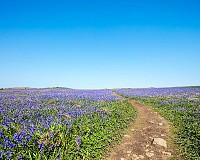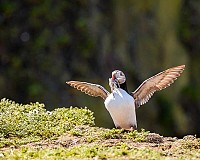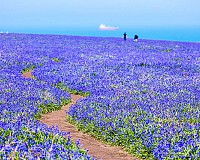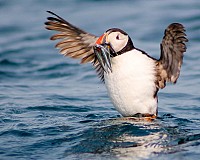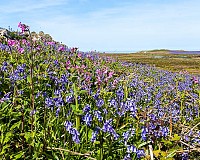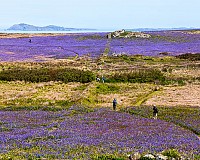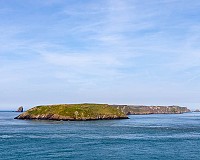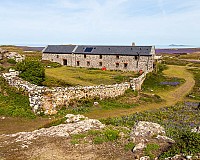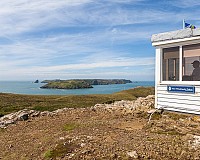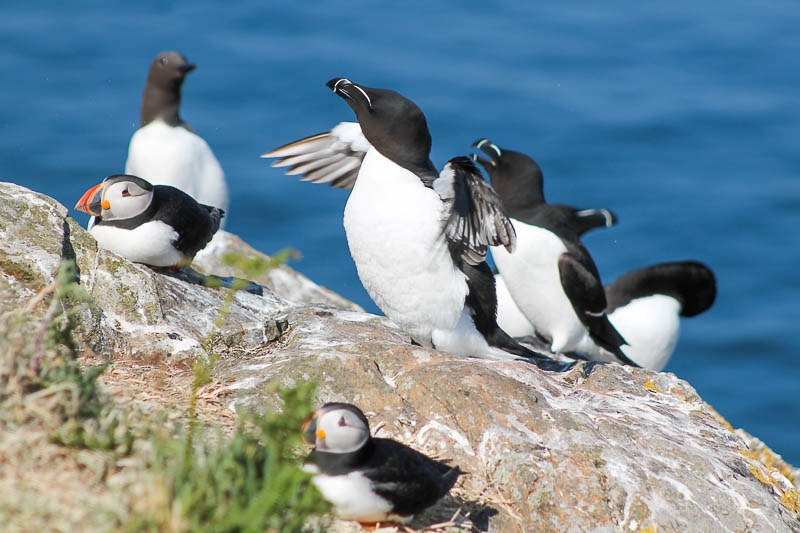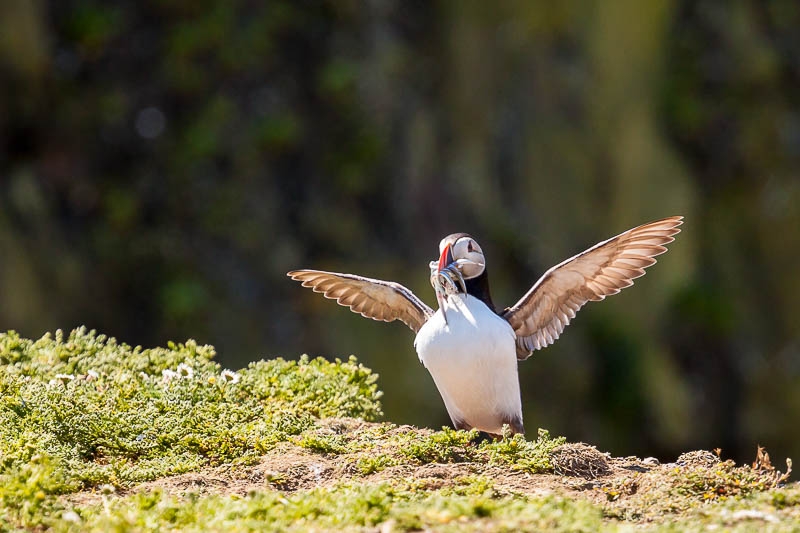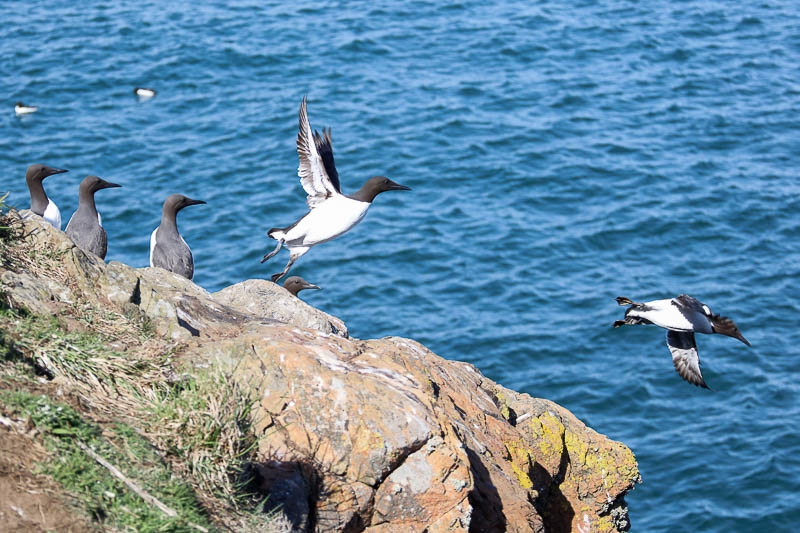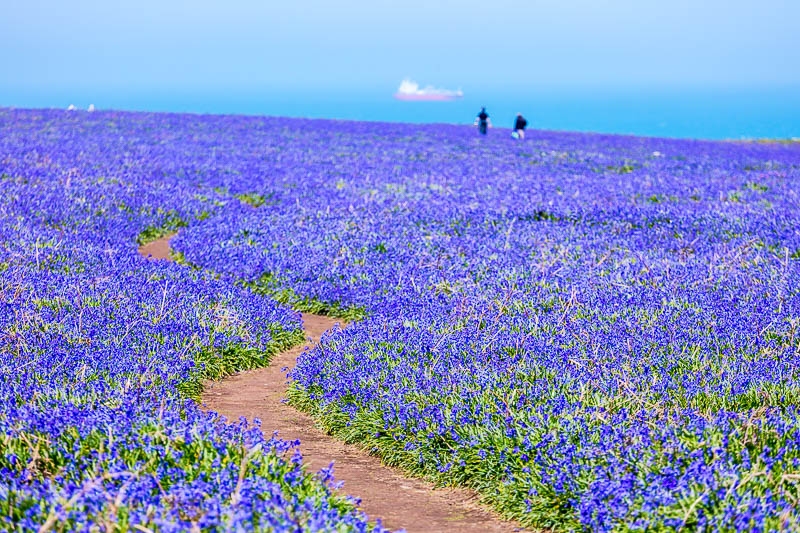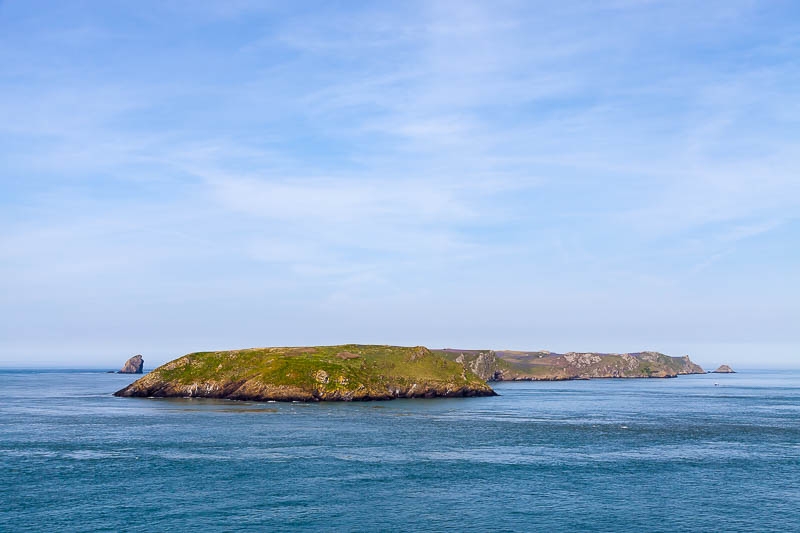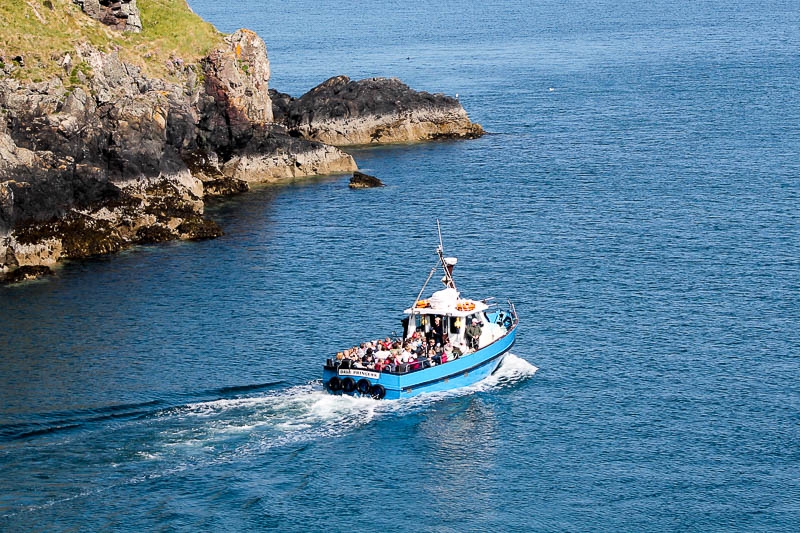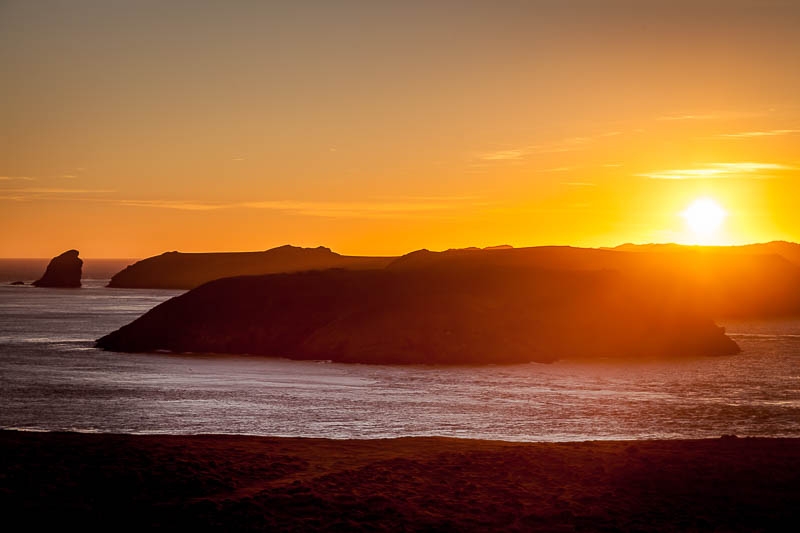Skomer Island
Skomer is located a short distance off the south west tip of Pembrokeshire and Wales. It is a National Nature Reserve, Site of Special Scientific Interest, and is surrounded by a Marine Nature Reserve, one of only three in the UK.
Skomer Island is an important breeding colony for both Manx Shearwaters and Atlantic Puffin with some of the largest populations in Britain.
The island is open to day visitors from Easter to October, with a short boat trip from Martins Haven near Marloes. Skomer is managed by the Wildlife Trust of South and West Wales.
-
Skomer in March, at the time of the first boat for visitors to the ...
A few general shots of the Puffins in May and June at The Wick, ...
Fields of bluebells taken in May on ...
Some images of Puffins with their favourite food of sandeels. Some at ...
The stunning expanses of bluebells across Skomer in ...
Puffins at sea around the coast of Skomer Island. Taken from a ...
Bluebells & Red Campion across Skomer in ...
Some landscapes taken in May when the bluebells are ...
Looking towards Skomer from the mainland, usually from Wooltack Point ...
The old farmhouse in the middle of the island has the accommodation ...
Taken from The Deerpark looking across to ...Staying Nearby
The boat across to Skomer could not be prebooked until after the pandemic, which used to mean people would have to turn up very early to try to get a place, so staying in accommodation close by in Pembrokeshire was ideal.
It is still very convenient to stay close to the island boat launch at Martins Haven, near Marloes. There are many hotels, B&B's, self catering holiday cottages and campsites between Marloes, Haverfordwest, St David's and along the south Pembrokeshire coast, from Tenby to Pembroke, that are ideal as a base.
The island is 2.92 km2 (1.13 sq mi) and only 60m (200 ft) above sea level, though the cliffs can be very steep around most of it. It is less than 1km from Wooltack Point on the mainland. Landing is only possible at North Haven at the boat landing stage, which is little more than concrete steps. There is a beach at North Haven, mainly used by seals, and generally isn't for use by the public. Jack Sound separates the island from the mainland, with Little Sound separating Midland Isle from the rest of Skomer. The neck lies at the east end of the island and has North and South Haven to either side of the narrow, but steep, istmus between.
The map of Skomer shows footpaths that go around the outside and cross in the middle at the Old Farm. Visitors are asked to stay on the paths, which are narrow in parts, to avoid disturbing or destroying the burrows used by Puffins and Manx Shearwater for breeding. There are no trees, the Oak and Birch common across Pembrokeshire probably having been cleared by early settlers. The bluebells, common on woodland, have survived and flourished.






